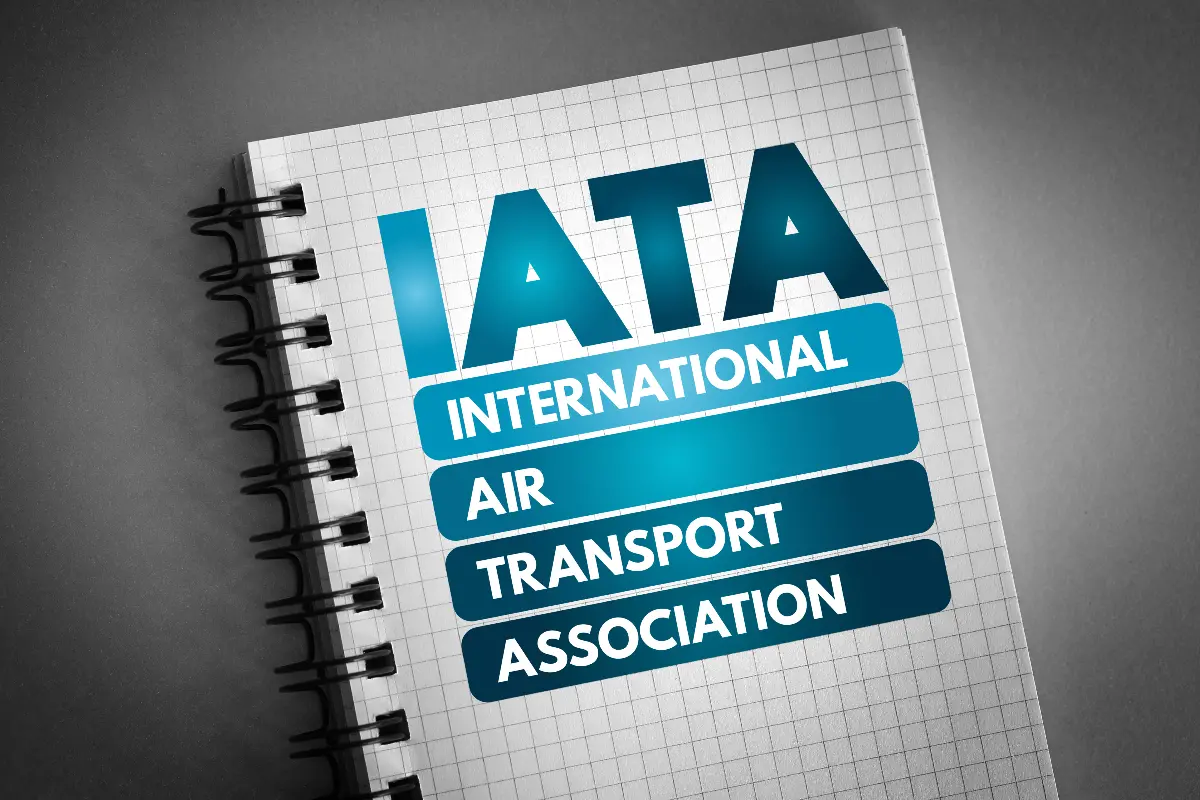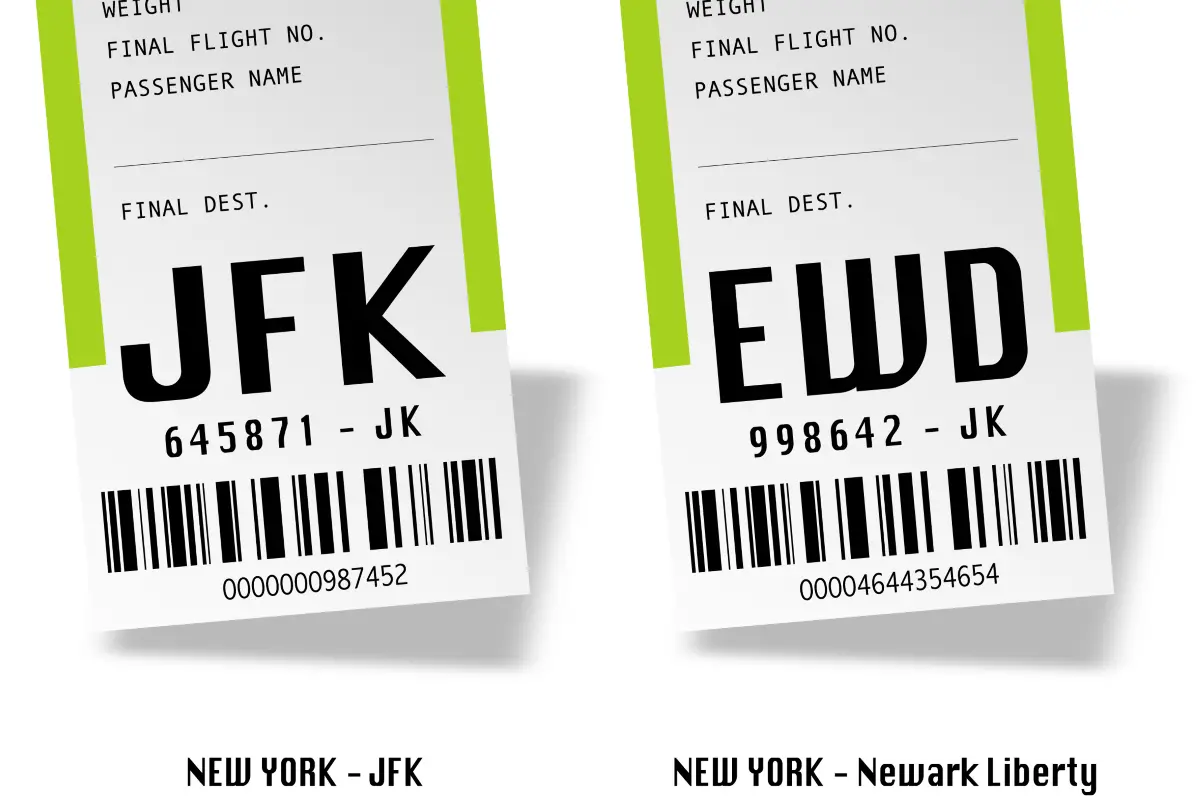Have you ever found yourself staring at your boarding pass, puzzled by the three-letter code that represents your departure or arrival airport? These seemingly cryptic abbreviations are more than just random assortments of letters; they hold the key to a system that keeps the global aviation network running smoothly. Known as the International Air Transport Association (IATA) location identifiers, these 3-letter codes are essential for pilots, air traffic controllers, travelers, and logistics personnel worldwide. But how are they assigned, and what do they signify? Let's take a deep dive into the world of airport codes to uncover their meanings and origins.

The IATA, an international industry trade group of airlines with over 290 members, assigns these codes to help streamline communication and avoid errors. With thousands of airports around the globe, each code provides a unique identifier for a specific airport, making it easier for everyone in the aviation sector to quickly and accurately process information.
Most of the codes are straightforward and derive from the names of the cities or airports they represent. For example, JFK stands for John F. Kennedy International Airport in New York, LAX represents Los Angeles International Airport, and LHR is London Heathrow. Generally, the logic behind these codes is intuitive once you know the name of the city or airport.

However, when you look closely, some of the codes can seem a bit perplexing. Take ORD for Chicago O'Hare International Airport, for example. The story behind this code stretches back to the airport's original name—Orchard Field, which was eventually renamed in honor of Lieutenant Commander Edward O'Hare. The original three-letter code, however, remained unchanged. Similar historical legacies explain some of the seemingly unrelated codes at other airports.
Another quirky fact revolves around airport codes that start with 'N'. You might notice that few, if any, airports around the world have codes beginning with this letter; this is due to the 'N' being reserved for the U.S. Navy's aviation facilities. Therefore, standard civil airports avoid using it to prevent any confusion.
For those airports without an obvious city connection in their codes, there are often interesting reasons behind the letters chosen. Cities with multiple airports, for instance, have to distinguish each one distinctly. In London, apart from LHR for Heathrow, there's LGW for Gatwick and LCY for London City. Similarly, in Moscow, Sheremetyevo International Airport is designated SVO, Domodedovo International Airport is DME, and Vnukovo International Airport is VKO.
It gets even more intriguing when more than one city or airport has the same starting letter. Airlines and airports must then come up with a unique combination that might involve the second letter of the city or a reference to the region. For example, Sacramento International Airport is SMF, avoiding the "S" already taken by San Francisco's SFO.
Occasionally, codes can mirror nicknames or characteristics of the region. For instance, New Orleans is known for its jazz, and its airport code is MSY, harkening back to its former name, Moisant Stock Yards, which was named after an aviator who crashed on that site. Similarly, Portland's code is PDX, borrowing the "X" to represent the 'crossroads,' as it is a major junction.
The alphanumeric tales even extend to whimsy and creativity. Some small airports have fun with their designations, choosing codes that promote a positive impression or bring a smile to travelers' faces. Take the small airport in Sioux City, Iowa, which proudly boasts the code SUX. After initially fighting the IATA for a less derogatory code, they embraced it, marketing novelty "Fly SUX" merchandise to travelers and turning an oddity into a point of pride.
Additionally, airports are sometimes coded based on their past. That's the case for airports that used to be military bases; their codes frequently reflect their historical military designations that were kept after converting into civil use.

While these codes are generally set, there is room for change, though shifts are rare and typically due to significant airport upgrades, name changes, or shifts in airport status. Such changes are also a major logistical undertaking since every system, map, sign, and database that references the airport must be updated, not to mention the potential for traveler and industry confusion.
In the age of global travel, the relevance of airport codes has only increased. For frequent travelers and industry professionals, these codes become second nature—synonymous with the particularities of each city and the experiences they represent. So next time you're rushing through an airport or planning a trip, take a moment to consider the storriendly recalls that dot the globe, each with its unique character and story. Who knew three little letters could hold such a world of meaning?
Understanding how airports earn their 3-letter codes is more than just an academic exercise—it's a peek into the workings of the global aviation network, a nod to history, and sometimes, a dash of local personality. Each time you spot a new airport code, there's likely a compelling tale or logical strategy behind those letters, making them a fascinating part of your travel experience. So when travel calls and you journey from ATL to ZRH, remember that every code has its own narrative, stitched together in the vast tapestry of worldwide aviation.
